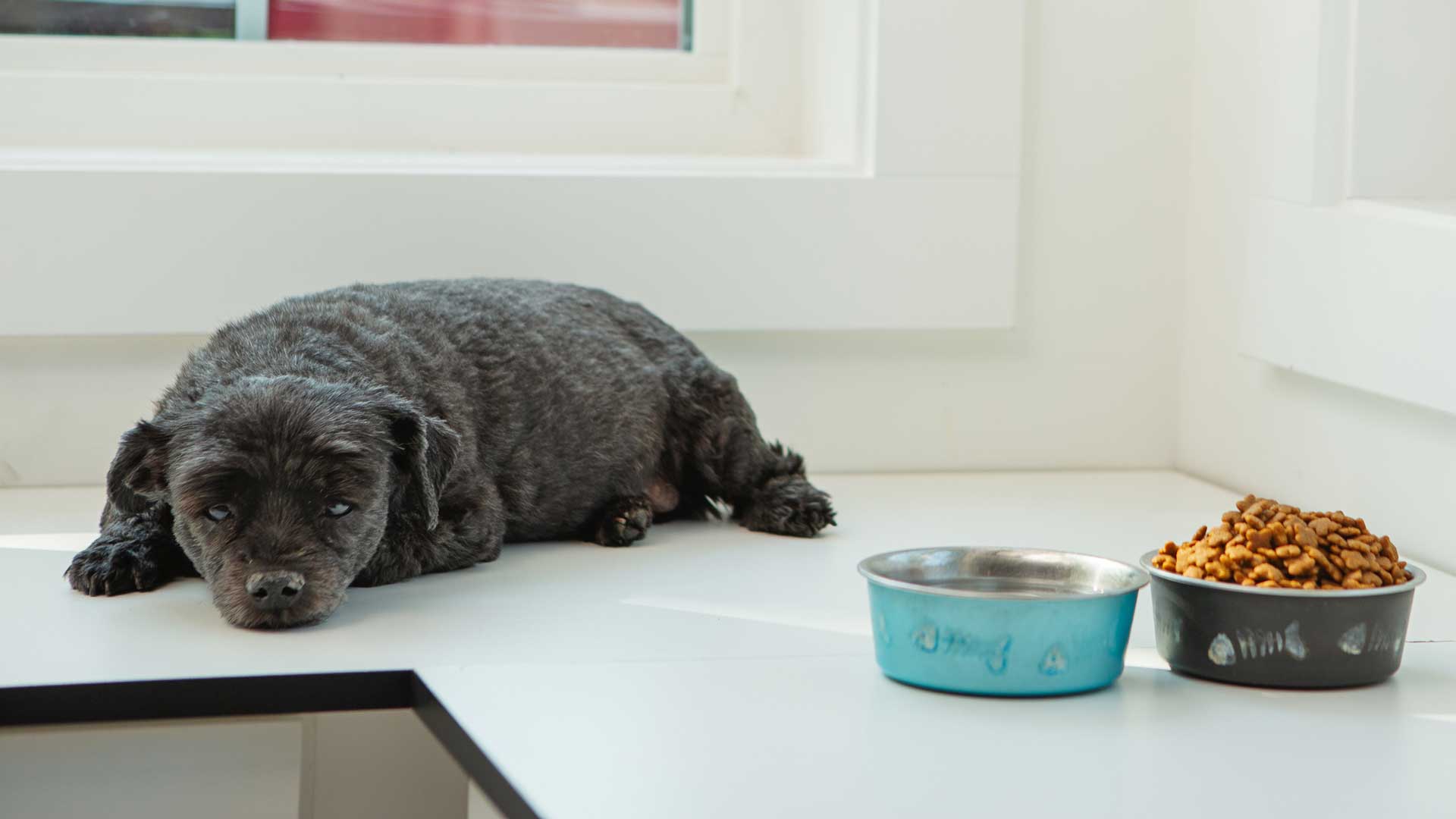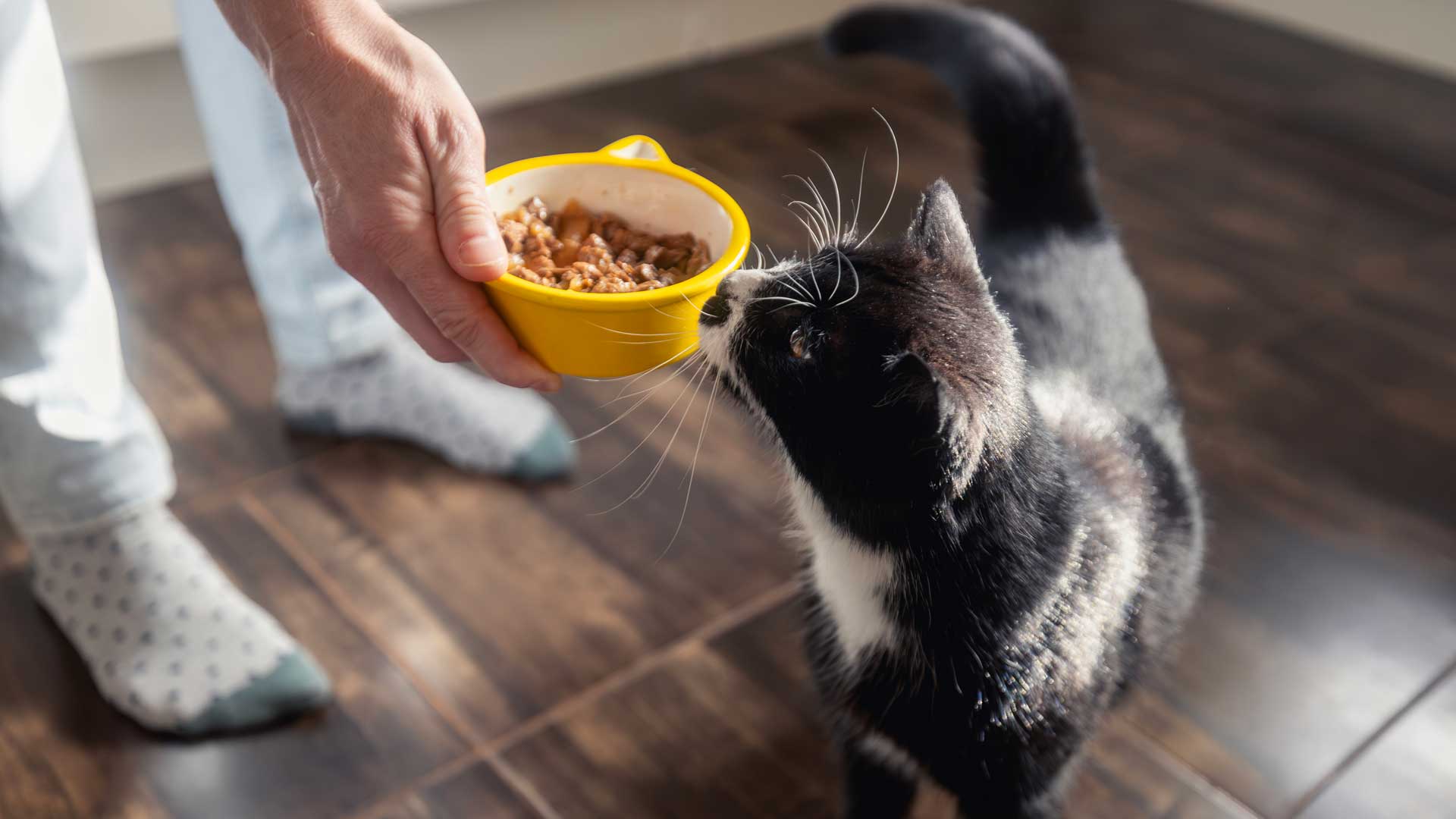osteoarthritis in dogs and cats
Osteoarthritis (OA) is a common disease among senior dogs and cats.
Osteoarthritis is one of the most common causes of mobility issues in senior dogs and cats, and recognizing the signs early can help improve your pet's comfort and quality of life.

Mobility issues related to osteoarthritis in senior dogs and cats
- Decreased or loss of interest in play
- Difficulty rising, stiffness, or limping
- Reluctance or inability to go up or down steps
- Inability to easily get onto and down from elevated objects
- Sitting with a back leg loosely to the side
- Going to the bathroom just outside the litterbox
- Poor hair coat

Ways to help senior pets with mobility issues
- Regular wellness exams
- Supplements and prescription medications
- Therapeutic diets
- Physical therapy
- Exercise and weight management
- Ramps, raised bowls, and upgraded bedding
Is your senior having trouble getting around?
If you’ve noticed your dog or cat being more timid with their movements, don’t dismiss it as just old age. A mobility issue like osteoarthritis may be at play, and it can cause distress for your senior pet.
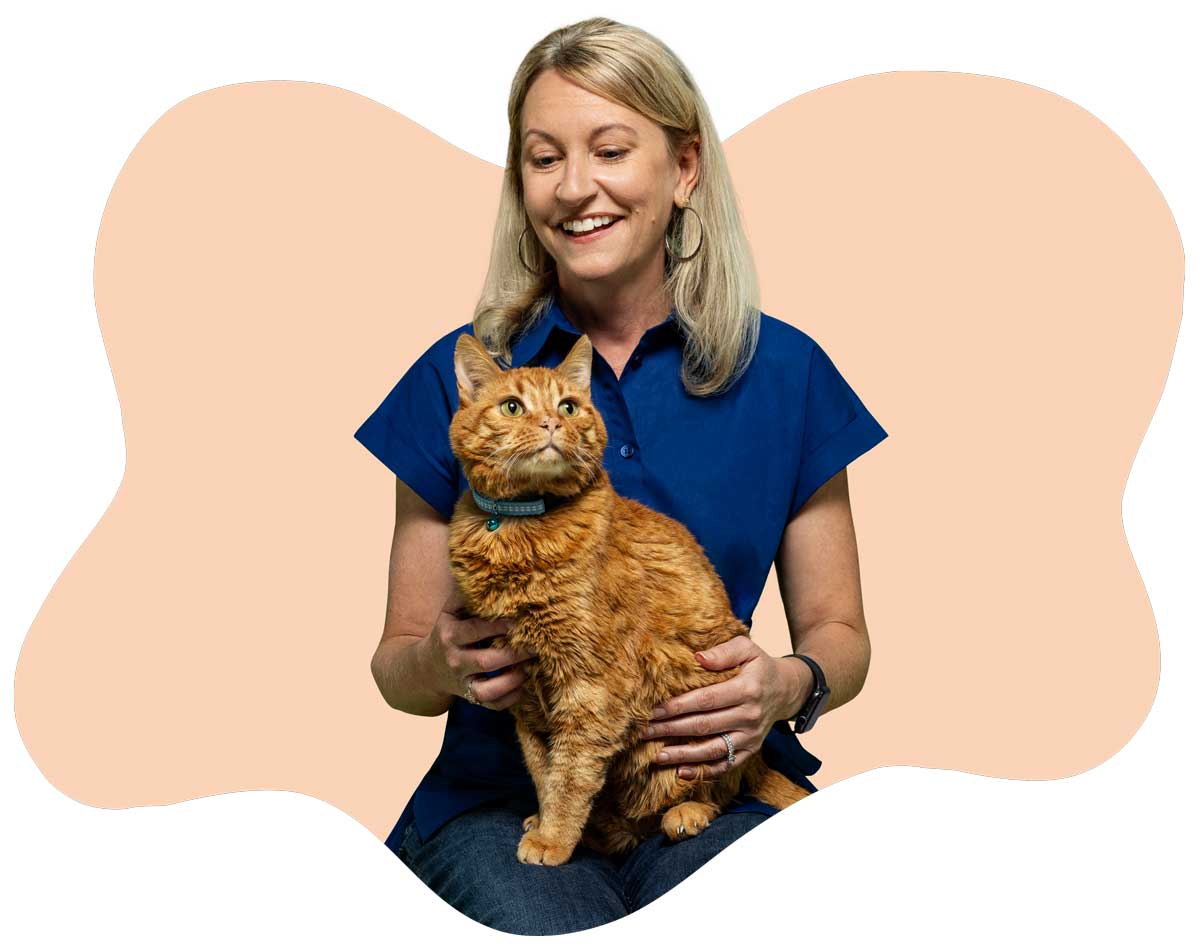
Signs of mobility issues in senior pets
The main signs of a mobility issue involve decreased or altered movements. This can look like playing less often, having trouble getting in and out of bed, limping, and reluctance to use stairs.
Cats instinctively hide their pain and may also present signs such as going to the bathroom just outside the litterbox and poor coat condition due to lack of grooming.
Arthritis in dogs and cats vs. osteoarthritis in dogs and cats
Arthritis and osteoarthritis are both inflammatory diseases of the joints. Arthritis refers to any kind of joint inflammation, and osteoarthritis refers to “bone arthritis” which is most common in aging pets. Osteoarthritis is a degenerative joint disease and the most prevalent type in aging pets. It can be very painful and make it difficult for pets to get around comfortably.
If your pet is exhibiting any of the above signs and symptoms, it’s important to take them to the vet. To diagnose the issue, your vet may use a combination of physical exam, diagnostics, and X-rays.
Risk factors for osteoarthritis
- Age
- Obesity
- Breed disposition
- Joint injuries or surgeries
- Lack of regular exercise
Osteoarthritis treatment options for dogs and cats
If your senior pet’s vet determines osteoarthritis to be an issue, they’ll put together a treatment plan to help with pain management. An osteoarthritis treatment plan may include prescription medications, supplements, weight management, physical therapy, and modifications around the house such as ramps or raised bowls.
Watch their weight
One out of three cats and dogs in the U.S. is overweight — and osteoarthritis is one of several issues associated with excess weight, which can put unnecessary strain on your senior pet’s joints.
If your pet is overweight, your vet can provide you with a long-term weight loss plan. This will likely be a combination of a healthy diet and regular exercise.
How do I help my dog's arthritis at home?
There are some quick changes you can make at home to help relieve pain. Adding ramps and steps up to furniture can take pressure off affected joints. So can raising food and water bowls. You can also upgrade to an orthopedic pet bed with adequate padding and coziness.
These home adjustments can be done for signs of arthritis in cats as well. Talk to your vet if you have any questions or are looking for more ideas.
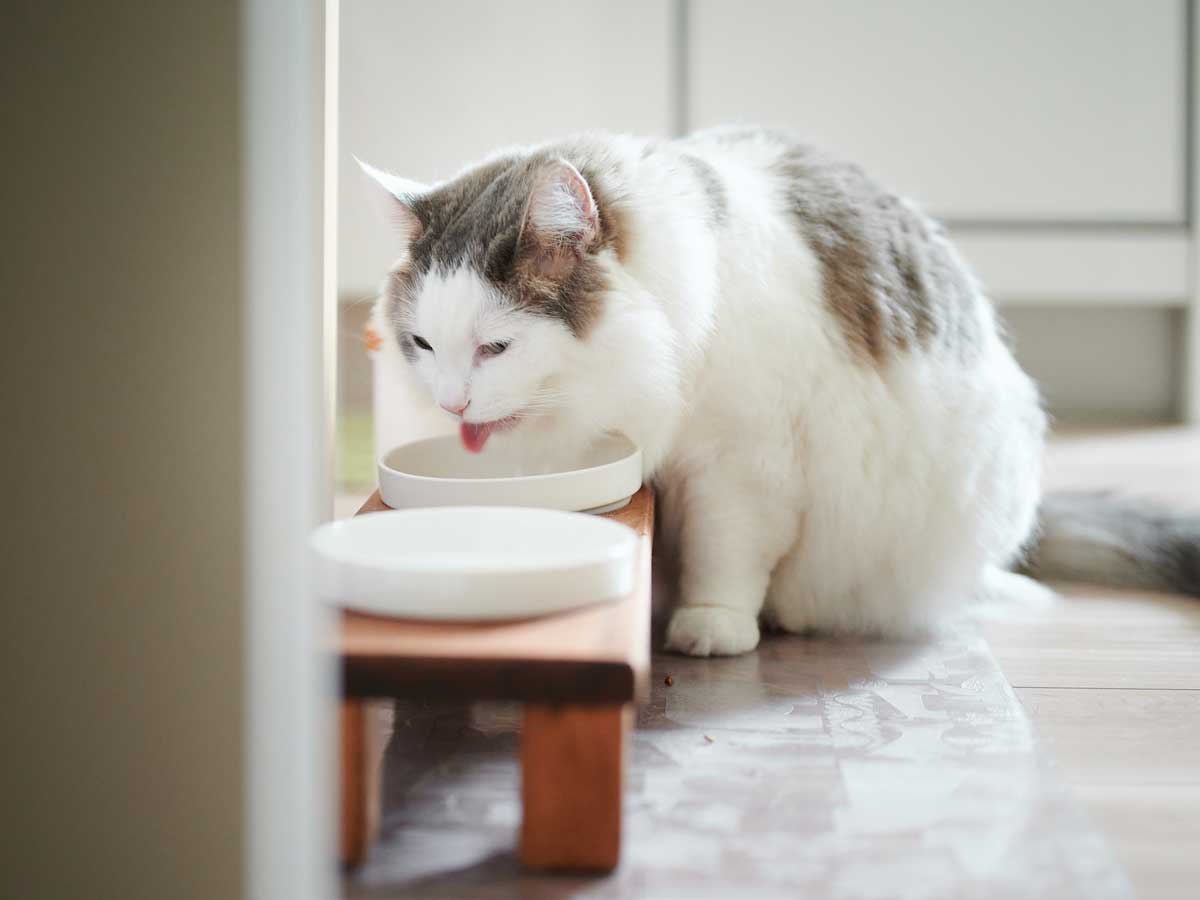
Medicine, supplements, and more
Along with losing weight and making changes to the home, your vet may recommend other ways to treat your pet.
Your pet’s treatment options may include:
- Prescription medications to help protect healthy cartilage or increase fluids in the joints
- Prescription pain relievers trusted to be safe for pets
- Therapeutic diets with antioxidants and essential fatty acids
- Joint supplements or nutraceuticals that support cartilage
- Physical therapy
Medically reviewed by Ari Zabell, DVM and Heidi Cooley, DVM.
Custom care that grows with your pet
You can save more than 30% by bundling your pet’s preventive care with an Optimum Wellness Plan. On top of comprehensive exams, vaccinations, and diagnostic testing, these convenient packages also include unlimited office visits, 24/7 Pet Chat™, discounts on most Banfield products, and more.
Our NEW Senior Care Optimum Wellness Plan includes our most in-depth diagnostic testing yet. This helps us detect changes in organ function and overall physical health, so that we can begin any recommended treatment as soon as possible.
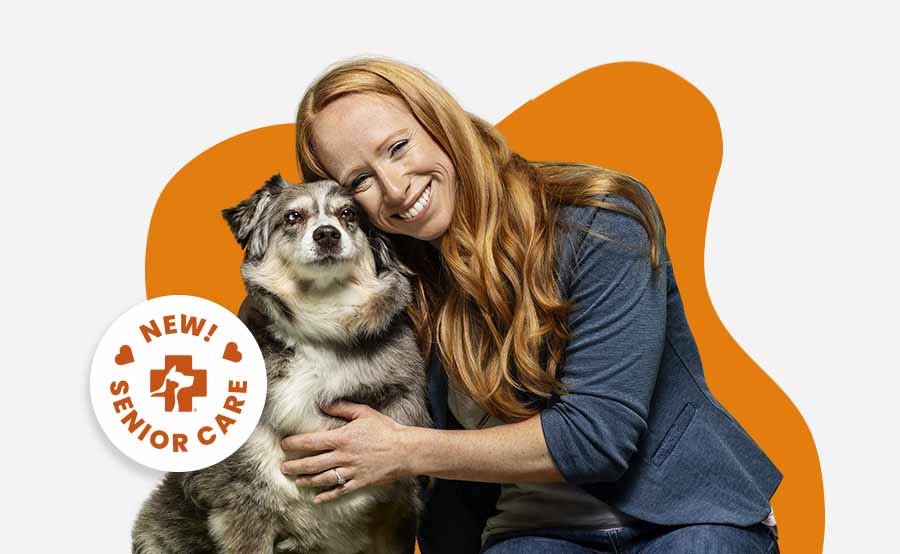
Senior Care
Designed to help detect early signs of age-related illness
This plan combines essential services like vaccinations and exams with in-depth diagnostic testing.
See what’s included in Senior CareSenior Care Plus
Designed to help detect early signs of age-related illness and support additional dental needs
This plan includes all the services in our Senior Care plan plus a dental cleaning.
See what’s included in Senior Care Plus Mites and mange
Mites and mange Podcast - Not Just Fluff
Podcast - Not Just Fluff



